Lighting Up with Solar String Lights: Balconies and Indoors
Solar string lights are a charming way to add a warm glow to your balcony or even indoor spaces. They’re eco-friendly, budget-friendly, and give off that cozy vibe perfect for late-night chats or quiet evenings. But the big hurdle for many is charging—can these lights get enough sun if you’re using them on a shaded balcony or inside? Let’s break down how to make solar string lights work, whether you’re decking out your balcony or bringing the sparkle indoors.
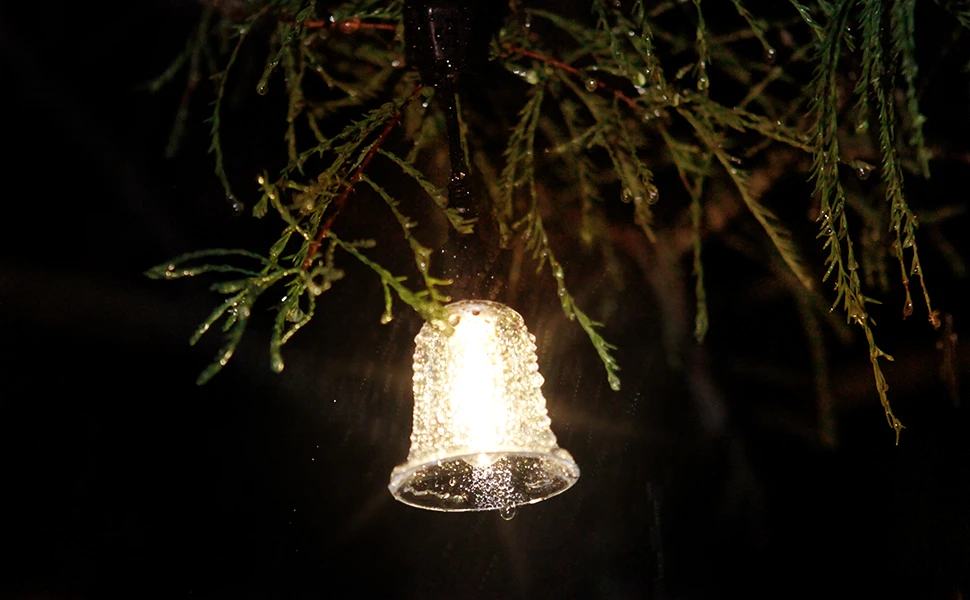
How Indoor Glass and Shade Affect Solar Charging
Solar string lights rely on their panels soaking up sunlight, but indoor setups or shaded balconies can throw a wrench in the works. Here’s what impacts charging efficiency:
- Glass Windows: Most windows, especially those with UV coatings or double glazing, block a chunk of the sunlight needed for charging. Placing a solar panel behind glass can cut efficiency by 20–50%, depending on the glass type.
- Balcony Shade: Overhanging roofs, trees, or nearby buildings can limit direct sunlight. Panels need at least 4–6 hours of direct sun daily for optimal performance.
- Orientation: South-facing balconies (in the Northern Hemisphere) get the most sun. North-facing ones might struggle, especially in winter with shorter days.
To maximize charging, place the panel where it gets unobstructed sunlight. If your balcony is shady or you’re indoors, you’ll need to get creative with placement or consider other options.
Extending Panels Outside for Indoor Lights
One workaround for indoor solar string lights is to keep the panel outside while running the lights inside. This setup is totally doable with many models. Here’s how it works:
- Separate Panel Design: Most solar string lights have a panel connected by a 1–3-meter cable. You can place the panel on a balcony ledge or mount it outside a window, then snake the lights indoors through a gap or drill hole.
- Weatherproofing: Ensure the panel and its wiring are rated IP65 or higher to withstand rain or dust. Indoor light strings don’t need weatherproofing, but check the cable’s durability.
- Practical Limits: The cable length limits how far you can stretch the lights indoors. Some models offer extension cables, but signal loss can dim the lights if the cable’s too long.
This approach works great for apartments with balconies or windowsills. Just make sure the panel gets enough sun to keep the lights glowing for 6–8 hours at night.
Dual-Use Solar String Lights: Indoor and Outdoor
The market has caught on to the indoor-outdoor dilemma, and some solar string lights are designed to handle both. These dual-use models are versatile but come with specific features:
- Flexible Panels: Some lights come with detachable or adjustable panels you can mount outside or on a sunny windowsill, while the lights stay wherever you want them.
- Compact Designs: Certain models are small enough to fit on a windowsill indoors while still catching enough light to charge, ideal for renters who can’t modify exteriors.
- Hybrid Charging: A growing number of solar string lights include USB ports for backup charging, which we’ll dive into later. This makes them adaptable for indoor use when sunlight is scarce.
Check product specs for “indoor-outdoor” labels or flexible panel setups. Brands like Brightech or Mpow often offer these, but availability depends on your region and retailer.
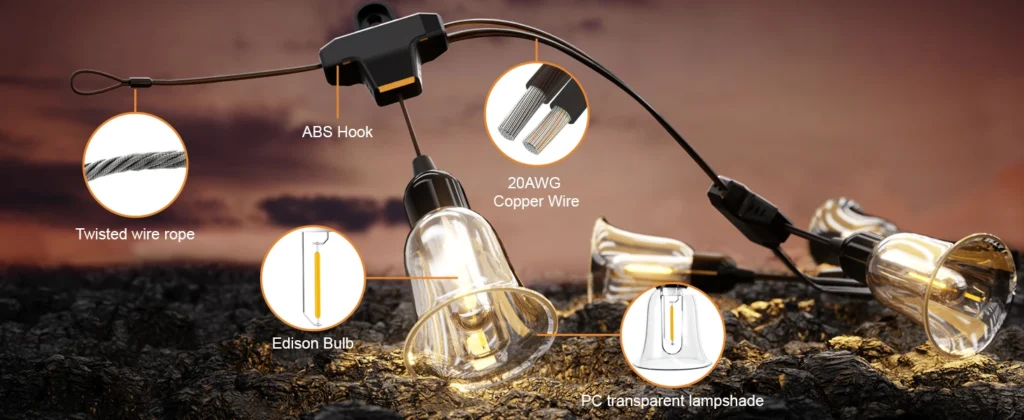
USB Charging as a Backup Plan
If sunlight is unreliable—think cloudy days or fully indoor setups—solar string lights with USB charging are a game-changer. Here’s why they’re worth considering:
- Reliable Power: A USB port lets you charge the battery via a power bank, wall adapter, or laptop. This ensures your lights stay on even after days of bad weather.
- Easy Setup: Most USB-enabled models come with a micro-USB or USB-C port on the panel or battery pack. Charging takes 4–6 hours for a full battery, matching solar charging times.
- Versatility: These lights work anywhere, from a balcony with spotty sun to a basement apartment. You can alternate between solar and USB charging based on conditions.
Look for models with at least 2000 mAh battery capacity to ensure decent runtime (6–10 hours). USB charging doesn’t replace solar entirely but gives you flexibility when sunlight’s not cooperating.
Tips for Setting Up Solar String Lights
To get the most out of your solar string lights, whether on a balcony or indoors, keep these practical tips in mind:
- Test Panel Placement: Move the panel around over a few days to find the sunniest spot. Even an hour or two of direct sun can make a difference.
- Clean the Panel: Dust or dirt can cut charging efficiency. Wipe the panel with a damp cloth every few weeks to keep it performing.
- Choose the Right Length: For balconies, 10–20 meters of lights cover most railings or walls. Indoors, shorter 5–10-meter strings are easier to manage.
- Adjust Light Modes: Many solar string lights offer modes like steady, flashing, or fading. Pick one that suits your vibe and saves battery for longer nights.
A little tweaking can turn a basic string of lights into a standout feature for your space.
Wrapping It Up: Making Solar String Lights Shine Anywhere
Solar string lights can absolutely work for balconies and even indoor spaces, but it all comes down to smart planning. If you’ve got a sunny balcony, a standard model with a well-placed panel will do the trick. For indoor setups or shady spots, go for lights with a detachable panel you can place outside or ones with USB charging for backup. Dual-use designs are a great middle ground, offering flexibility for both environments. With the right setup—think 4–6 hours of sunlight or a quick USB top-up—your solar string lights will keep your balcony cozy or your living room glowing. Experiment with placement and modes to find what works best for your space.

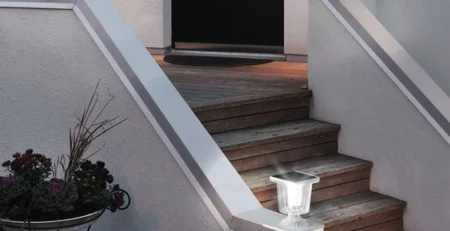
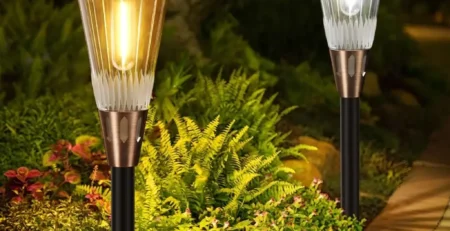
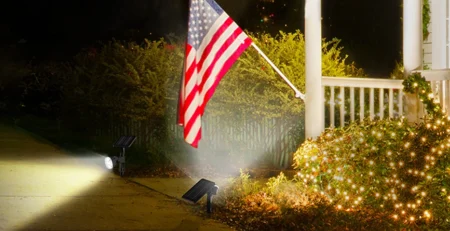
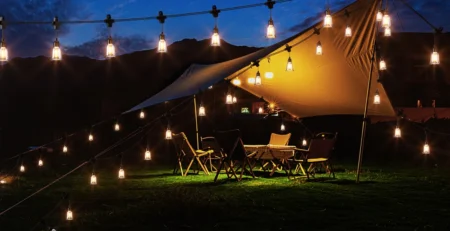
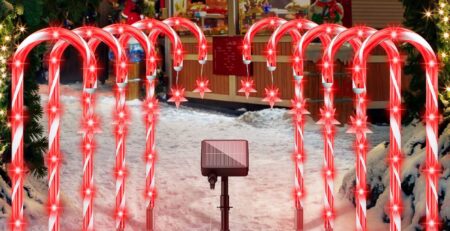
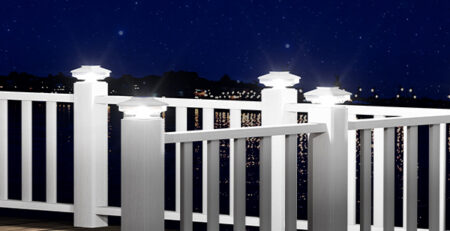
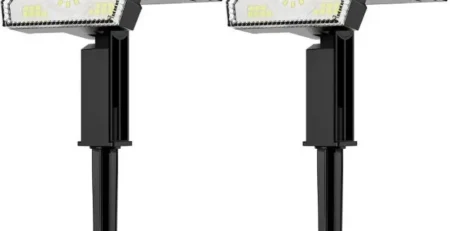
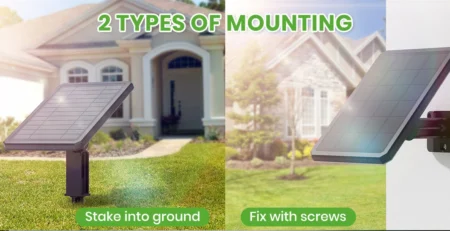

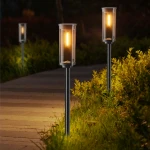
Leave a Reply